Wintering over containers and prop beds
mgodzilla
18 years ago
Related Stories
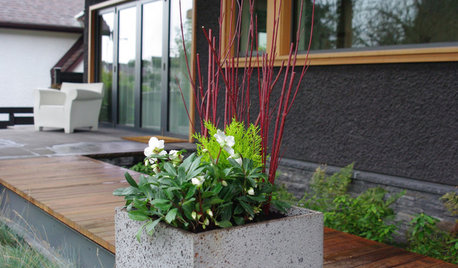
WINTER GARDENING7 Container Plantings to Bring Winter Gardens to Life
Adding instant color but with long-lasting practicality, these plant groupings are bright spots in a slumbering wintertime garden
Full Story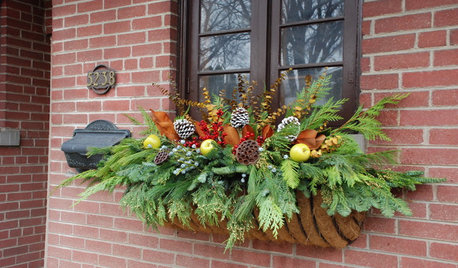
GARDENING GUIDES10 Dazzling Winter Container Designs
Get inspired by these ideas for festive arrangements in outdoor pots and planters
Full Story
GARDENING GUIDESGarden Myths to Debunk as You Dig This Fall and Rest Over Winter
Termites hate wood mulch, don’t amend soil for trees, avoid gravel in planters — and more nuggets of garden wisdom
Full Story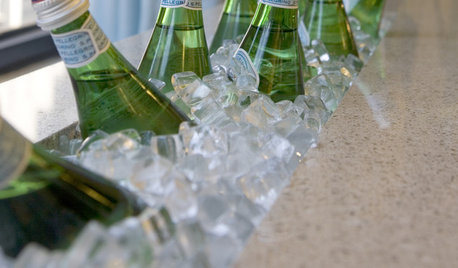
HOW TO PHOTOGRAPH YOUR HOUSE15 Props That Are Tops With Stylists
These go-to items pop up in well-appointed homes all over Houzz — and they've got surprising practicality on their side
Full Story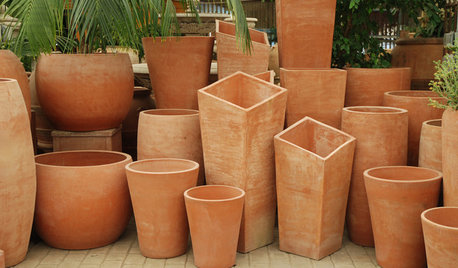
CONTAINER GARDENSBeat the Frost With Natural Terra-Cotta Containers
Here's how to protect your pots during the cold winter months
Full Story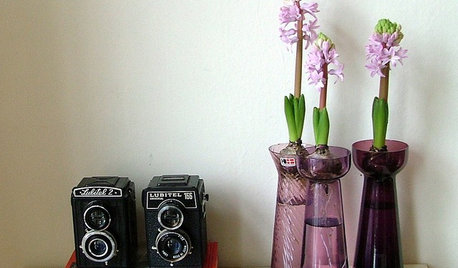
HOUSEPLANTSGet Spring-Like Hyacinth Blooms All Winter Long
Try one of these forcing methods for cheery, colorful flowers to brighten wintry days
Full Story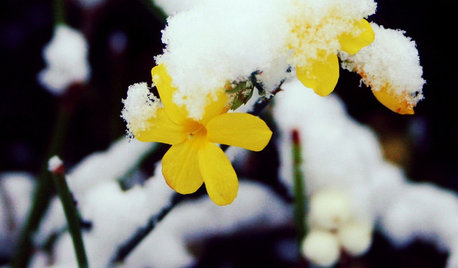
YELLOW FLOWERSGreat Design Plant: Winter Jasmine Gladdens Snowy Gardens
Sunny yellow flowers defy the frost, bringing cheer to the garden on gray days
Full Story
MOST POPULARHouzz Call: Show Us Your Winter View!
Share pictures of your home and garden in winter — whatever your climate, architecture and plantings
Full Story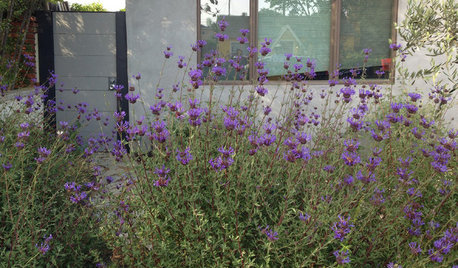
GARDENING GUIDES10 Late-Winter and Early-Spring Bloomers for the West
Tired of waiting for spring to arrive? Try these drought-tolerant, flowering plants for color that starts in late winter
Full Story
HOUSEPLANTSHow to Force Amaryllis Bulbs Indoors
Enjoy vibrant red blossoms even as gardens turn snowy white, by teaching this hardy repeat performer to ignore the calendar
Full StorySponsored






brian_zn_5_ks
vouts
Related Professionals
Windham Landscape Architects & Landscape Designers · Glen Ellyn Landscape Architects & Landscape Designers · East Patchogue Landscape Architects & Landscape Designers · Manchester Landscape Contractors · Bowie Landscape Contractors · Caldwell Landscape Contractors · Cary Landscape Contractors · Columbine Landscape Contractors · Fort Worth Landscape Contractors · Lemoore Landscape Contractors · Roseville Landscape Contractors · Round Lake Landscape Contractors · Sammamish Landscape Contractors · Aurora Driveway Installation & Maintenance · Deer Park Driveway Installation & Maintenanceadlumia
jumpinjuniper
buckeye15
DaisyLover
superphosphate
DaisyLover